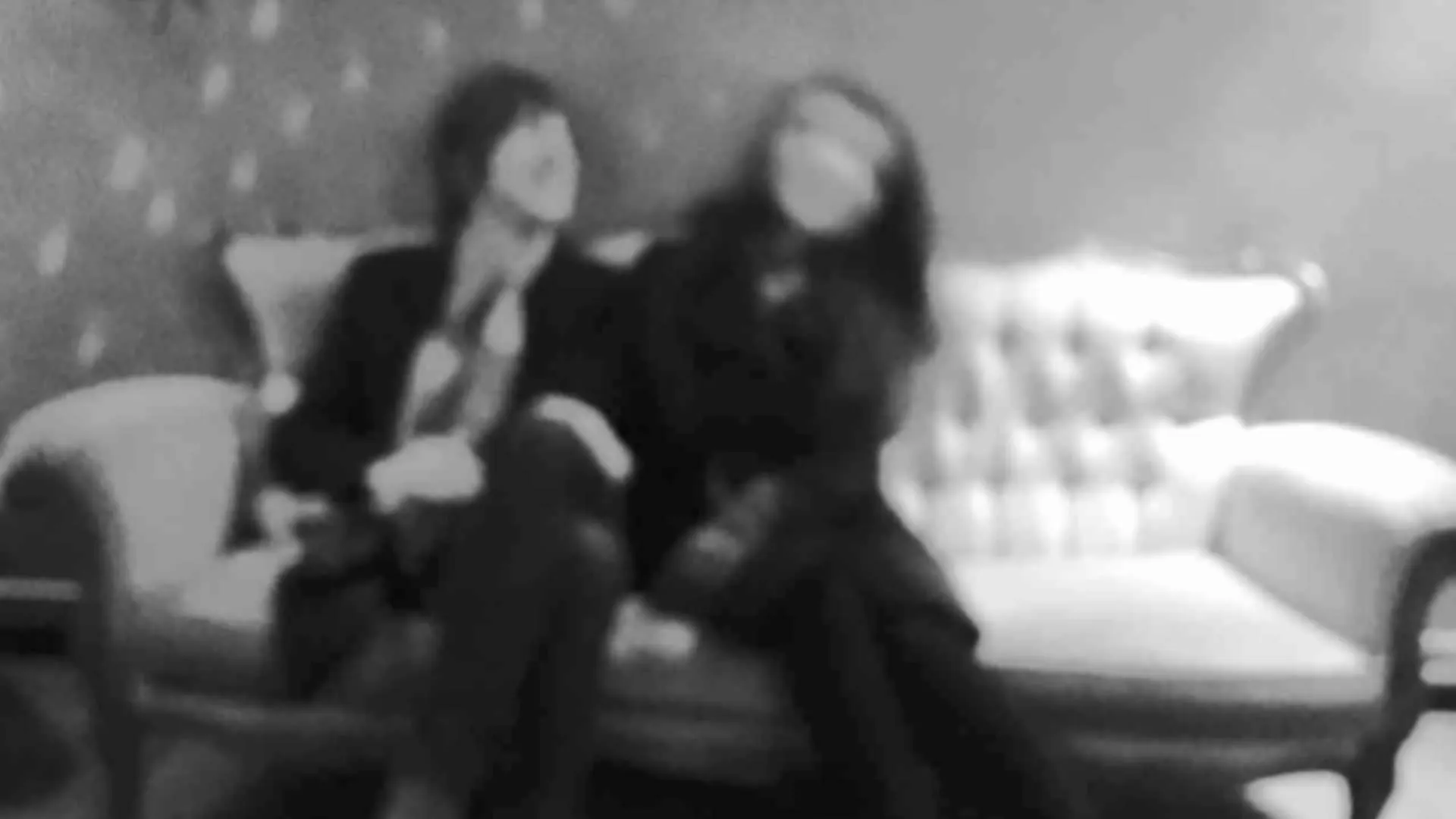
INTERVIEW
INTERVIEW | TEREZA DE ARRUDA WITH ABETZ & DRESCHER

T.A.: You first met in 1994 at the Kunstakademie Düsseldorf. This decision influences your entire existence – when did you decide to work, or to exist as it were, as an artist duo? Was it the themes or the way you painted your works that led to it?
A&D: We met at a party at the Kunstakademie Düsseldorf on December 7, 1994. We’ve been a couple since then. The collaboration developed out of our desire to bring into art what we both missed in art at the time. When we met, Oliver studied sculpture and Maike painting.
We wanted to overcome the painting of the 1980s and develop a concept for a new kind of painting. For us, not everything had been painted yet; on the contrary, we realized that nothing had been painted yet.
T.A.: Pop culture plays an important role in your artistic representations – be it music, fashion, or design. Is your engagement with these elements about content or aesthetic components?
A&D: We wanted to break down the boundaries between painting, fashion, music, design, media, architecture, philosophy, and (geo)politics. Our paintings are images on images on images. Art means to place. It is a magical act. We were concerned with the formation of identity under media-technical conditions and with storage and transmission.
T.A.: Your images carry a clear, subjective, figurative narrative. The representations and attitudes of the female and male protagonists in the works are simulations of their universe. How important is it for you to stage your own image and existence? What role does the theme of gender theme play in this context?
A&D: The theme of gender and the breaking down of gender stereotypes were very important to us. Judith Butler, who was the initiator of gender theory, should be mentioned here. Judith Butler is influenced by Michel Foucault and Jacques Lacan, who was involved in Surrealist circles. We wanted to dissolve authorship.
T.A.: Man is usually the product of his personal and social relationships. Your works are the product of your personal and social relationships. Without personal and social relationships, man tends to lose his authentic humanity. How can you explain your works as the embodiment of this personal symbiosis?

A&D: We were interested in creating artificial identities. Acquiring, processing, and passing on information. To create images demands the translation of what is subjectively seen into the intersubjective, to dive into a collective field of relation. We wanted to make pop culture and rock’n’roll into protagonists of art.
T.A.: Martin Kippenberger’s first solo exhibition in 1981 at nGbK (Neue Gesellschaft für bildende Kunst, Berlin) was called Lieber Maler, male mir … (Dear Painter, paint for me …). It was an ironic reference to the role of the artist/painter. What does self portrayal mean to you in your painting?
A&D: One tendency of art is the elimination of the difference between life and art. We’re interested in this suspension – for us, there is no high or low culture. Thus, art creates relationships that lead to authentic humanity. We are protagonists of our own imagery. In our work, we reflect the path from the Ancient Greeks to the Renaissance, from Romanticism to the 1920s all the way to the 60s.